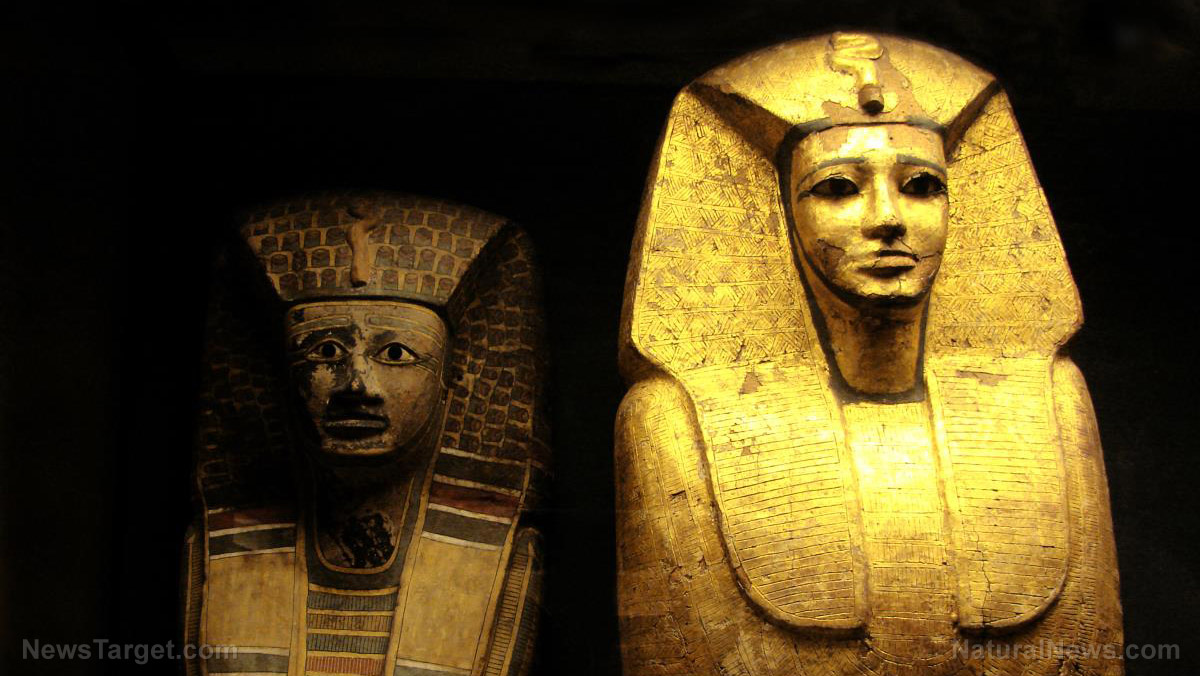 Parler
Parler Gab
Gab
Runes were used to immortalize key events in Scandinavian society
Most of the examples of runes obtained from Scandinavia hail from Sweden, with over 3,000 inscriptions. Neighboring Denmark, meanwhile, has contributed about 250 rune stones from the Viking Age. The principal purpose of runes was to mark territory, explain inheritance, boast about constructions, bring glory to dead kinsmen and speak of important events. But during an interview with Science Norway, Zilmer posited that the Svingerud Stone may have been possibly used to either memorialize the dead or serve as practice for someone learning the characters. Back in 2020, archaeologists managed to decode the runes inscribed on a famous Viking relic known as the Rok Stone. The stone, which stands more than eight feet tall, was built in the late 800s near Lake Vattern in south-central Sweden. While more than 700 runes cover its five sides, missing or worn-away pieces of the rock has made it difficult for experts to decode the stone's meaning. The prevailing theory was that the Rok Stone was a dedication to Theodoric the Great, the legendary Ostrogoth king who ruled in what is today Italy. But in January 2020, archaeologists said the runes on the stone pertain to a heartbroken parent's fear that the cold weather that killed their child may return. They added that the stone talks about a lasting battle against severe cold weather in the sixth century. It is well-known that during the sixth and seventh centuries, more than half of all Scandinavians died as cold temperatures caused widespread destruction. Watch this video that outlines the secret of the runes of the Elder Futhark. This video is from the Chandor channel on Brighteon.com.More related stories:
Man and his dog: A new discovery of carved rock images showing dogs on leashes are estimated to be 9,000 years old. Recent study reveals ancient text found in 2012 is the “oldest map of the underworld in existence.” Ancient stone carvings depict a massive comet strike 13,000 years ago that nearly made humans extinct. Ancient art: Scientists discover 143 new Nazca line drawings previously hidden in Peru. Innate ingenuity: Ethiopian dig unearths ancient stone tools, some of the oldest ever discovered at more than 2.58 million years old. Sources include: DailyMail.co.uk ABCNews.go.com Brighteon.comWinchombe meteorite that crashed on driveway found to contain the building blocks of life
By Kevin Hughes // Share
Newly discovered exoplanet appears to have nuclear fusion taking place in its core
By Kevin Hughes // Share
Governments continue to obscure COVID-19 vaccine data amid rising concerns over excess deaths
By patricklewis // Share
Tech giant Microsoft backs EXTINCTION with its support of carbon capture programs
By ramontomeydw // Share
Germany to resume arms exports to Israel despite repeated ceasefire violations
By isabelle // Share










